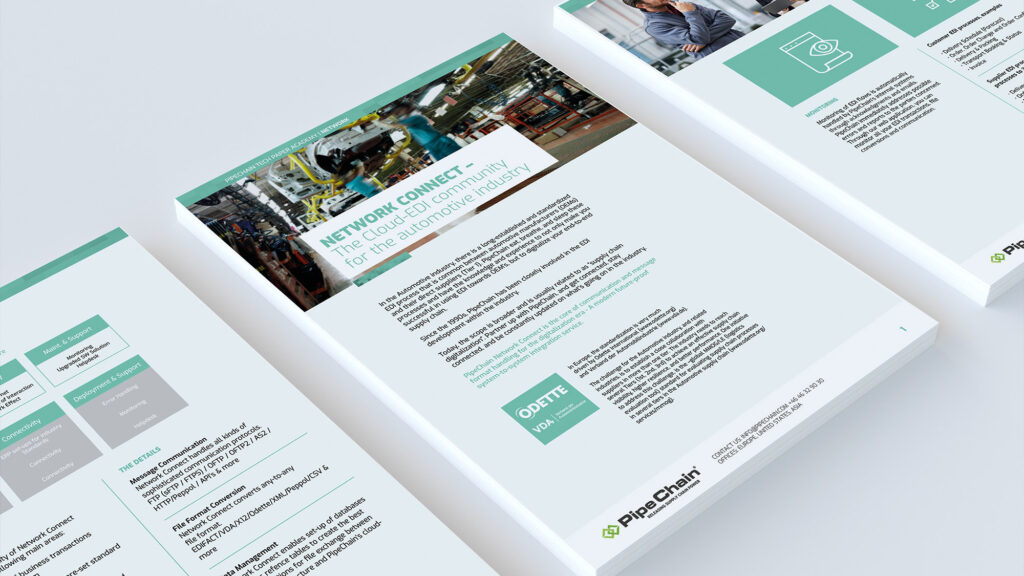
Successful Supply Chain collaboration works like the best baton exchanges
Regardless of how great the desire is to increase the degree of collaboration and visibility within supply chains, a company will not succeed if the horizontal and flow-oriented collaboration does not work within its own organization.
There are many examples of empirical evidence for this. One example is an early study in 2003 (Hillebrand and Biemans, 2003) where the authors concluded that successful supply chains reaches its peak when companies manage to maintain a high degree of both intra-group and external collaboration. One can consider successful supply chain collaborations as highly efficient baton changes, where both external and internal parties are included in the running team.
Supply chain collaboration, which covers everything from automation of information sharing to extensive information sharing – both of which increase the possibility of better planning and more efficient management – is not a simple concept. Instead, it involves a series of complex areas that can be divided into internal collaboration between functions and departments within a group, as well as external collaboration, i.e. cooperation between companies in a certain supply chain.
The added value potential is limited by a lack of intra-group cooperation
An experience that we at PipeChain and our customers have come to after more than 20 years of searching for increased digitization and increased collaboration in supply chains is that no matter how much the external digitization and collaboration increases, the added value does not increase to the same degree unless the intra-group collaboration also increases. The intra-group collaboration is about how the business’s IT-systems are synchronized within a group – process-wise and visualization-wise without “silo thinking” – and to technically eliminate barriers between IT-systems. It is also about getting internal units to cooperate with a maximally broad information sharing that supports better planning and control.
Cooperation and visibility with suppliers most neglected
Apart from large companies far downstream in supply chains – typically so-called OEMs (Original Equipment Manufacturers) or what we call “supply chain gorillas” – cooperation and visibility are most neglected in the supplier relationship. In most companies, the focus for increased supplier collaboration is reduced to pure transaction automation, for example digital call-offs. With this limited collaboration, the point and meaning of the word “collaboration” is lost and visibility does not increase in the form of more information sharing. The consequence is that the gains in the form of better planning and control of the joint flows do not materialize.
Focus the intra-group collaboration and truly collaborate
Companies that want to bring out the hidden added value that is concealed in their supply chains, via increased collaboration and visibility, should focus as much on the internal group collaboration as on the external collaboration. They should also build stronger ties with their supplier base to ensure long-term and mutual growth. To succeed, customers and suppliers need to understand and synchronize each other’s goals. A good starting point is to think like the relay team – where the exchanges determine who wins.
Insights

If you are interested in learning more about how to create a powerful connected supply chain, here are our latest insights.
Tech papers

To help you get a deeper and better understanding of our solutions and your supply chain, we have developed a number of detailed tech papers on different subjects.
-
Necessary
These cookies are not optional. They are needed for the website to function. -
Statistics
In order for us to improve the website's functionality and structure, based on how the website is used. -
Experience
In order for our website to perform as well as possible during your visit. If you refuse these cookies, some functionality will disappear from the website. -
Marketing
By sharing your interests and behavior as you visit our site, you increase the chance of seeing personalized content and offers.


